Mother or whore?
The Serpent Rising: Reuniting the Sacred and the Erotic
The Church of Saint-Sulpice in Paris marks the beginning of the Roseline, a meridian that runs south through France, drawing a line across sacred sites that speak of ancient mysteries—most notably, the Magdalene mysteries. St. Sulpice is not merely a church; it is a cathedral built around the womb, the sacred portal of life and death. The womb represents the birthing of life and our eventual return to the uterine waters of death—both endings and beginnings. It is here that the Magdalene mysteries take root: the story of Mary Magdalene’s journey to these lands, after the death of Jesus, to carry forward the teachings and legacy of the divine feminine.
At the heart of this church, a statue of the Virgin Mary stands atop a dead snake, the symbol of the devil. In Christian mythology, the snake represents Lilith—the dark, primal, untamed feminine. I first encountered this statue in Ireland last year, and it was impossible not to see how this image speaks directly to the deep schism within Christianity between the light and dark aspects of the feminine.
There are two dominant archetypes of Mary within the Christian tradition: the mother and the whore. Both are historically significant figures, but I see them as two fragmented aspects of one unified archetype, a vision of the feminine split apart by religious dogma. Mary, the virgin mother, has been typecast to embody spiritual purity, devotion, and self-sacrifice, while Mary Magdalene was relegated the 'whore' and host of seven demons according to the scriptures of Luke. The split between these two aspects has created a division within feminine consciousness—and consequently, within the collective psyche of all people, regardless of gender. This fragmentation lives within us as a polarity: mother vs. whore, spirituality vs. sexuality, devotion vs. desire, heart vs. sex.
Women are praised for embodying the archetype of the devoted mother, sacrificing their needs for the sake of their children, partners, and society. This ideal of selflessness is revered. But women who embrace their sexual power, follow their erotic desires, or express their sensuality are often demonized. The archetype of the mistress or the sexually liberated woman is castigated, branded as immoral or lacking integrity. This cultural dynamic of slut-shaming is an insidious force, one that condemns women for expressing the very vitality that is their birthright.
The compartmentalization of the feminine as either mother or whore suggests that sexuality and spirituality are incompatible, that they cannot coexist. Yet this fragmentation has created a rupture in the feminine psyche, one that remains unresolved, rendering sexuality and spirituality into an incongruent duality.
Christian scripture reflects this split:
"The acts of the flesh are obvious: sexual immorality, impurity, and debauchery." — Galatians 5:19
The serpent, often associated with Lilith, exemplifies the “sins” of the body, the immorality of sexual desire, and the primal, untamed nature of the flesh. The snake is depicted as cold-blooded, hypnotic, and driven by base instincts, disconnected from the warm blood of the heart. Lilith, demonized for her power as a temptress, is said to have lured Adam and Eve from the Garden of Eden, casting them into the physical world of sin and suffering. In this mythos, Lilith’s power lies in her sexuality, her shameless desires, and her pleasure. She is the embodiment of the shadow—the part of ourselves we hide, the parts we shame and deny.
In contrast, many spiritual traditions, such as yoga and tantra, view the serpent as kundalini, the life force that connects everything, the primal power that breathes us into existence. Kundalini is the raw energy coiled at the base of the spine, within the root chakra and the sex centers of the body. This is the energy of the earth—the dense, dark, primal power of the body. Religious paradigms have long castrated this power, repressing the sacredness of sexuality and shaming the body. As a result, sexual shame continues to permeate the collective consciousness, spreading venomous guilt and disconnection.
Osho once said:
"You say you desire to reach God—good. But where are you standing right now? You are standing in sex. You are standing in lust. This is where you live, and it is from this point you will begin your journey."
Many spiritual paradigms emphasize transcendence—the escape from the body, the elevation of the spirit through the light and the heart. But unless we also acknowledge the holy dark, the power of the body and the eros as a spiritual gateway, we will remain fragmented. We will be cut off from our wholeness and integrated power. Our eros will fester in the shadows, emerging unconsciously in destructive or unhealthy ways.
An integrated spiritual path must unite the wisdom of the heart with the erotic energies of the sex and body. It must honor both the light and the dark as holy temples. We must bow to the purity contained within both, equally, without shame or guilt.
It is time to reunify Mary—not as two opposing figures, but as one unified archetype. Her devotion must be aligned with her yearning to be opened—to be fucked open to the divine, to God, to life itself.
It is time for the serpent to rise.


